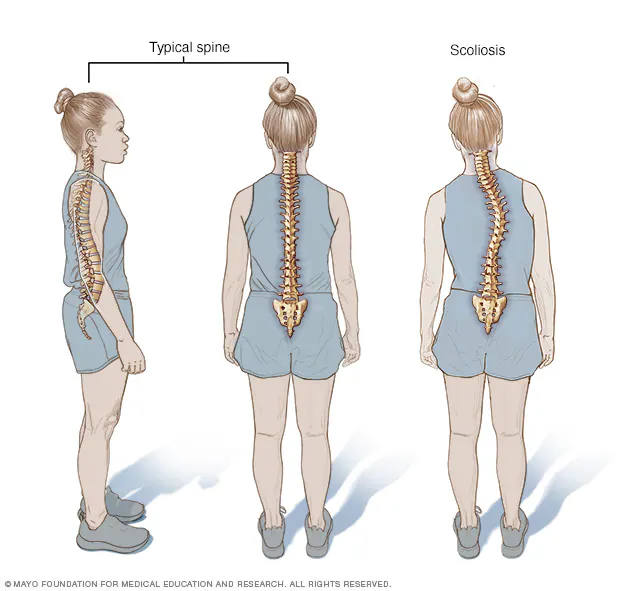Understanding Scoliosis
Scoliosis is a condition characterized by an abnormal curvature of the spine. It can affect individuals of all ages, but it is most commonly diagnosed in children and adolescents. Understanding scoliosis is crucial for early detection and effective management.
1. What is Scoliosis?
Scoliosis is defined as a lateral curvature of the spine that exceeds 10 degrees. It can be classified into different types, including idiopathic, congenital, and neuromuscular scoliosis.

2. What Causes Scoliosis?
The exact cause of idiopathic scoliosis is unknown, but genetic factors may play a role. Congenital scoliosis occurs due to spinal deformities present at birth, while neuromuscular scoliosis is associated with conditions like cerebral palsy.
3. How is Scoliosis Diagnosed?
Diagnosis typically involves a physical examination and imaging tests such as X-rays. A healthcare provider will assess the degree of curvature and monitor any changes over time.
4. What are the Symptoms?
Symptoms may include uneven shoulders, a prominent shoulder blade, or an uneven waist. In severe cases, scoliosis can lead to back pain and respiratory issues.
5. How is Scoliosis Treated?
Treatment options vary based on the severity of the curve. Mild cases may require regular monitoring, while moderate to severe cases may necessitate bracing or surgery.
6. Can Scoliosis be Prevented?
Currently, there is no known way to prevent scoliosis. However, early detection can help manage the condition effectively.
7. What is the Prognosis?
With appropriate treatment, many individuals with scoliosis can lead normal, active lives. Regular follow-ups with healthcare providers are essential.
8. Where Can I Find Support?
Support groups and resources are available for individuals and families affected by scoliosis. Connecting with others can provide valuable information and emotional support.

